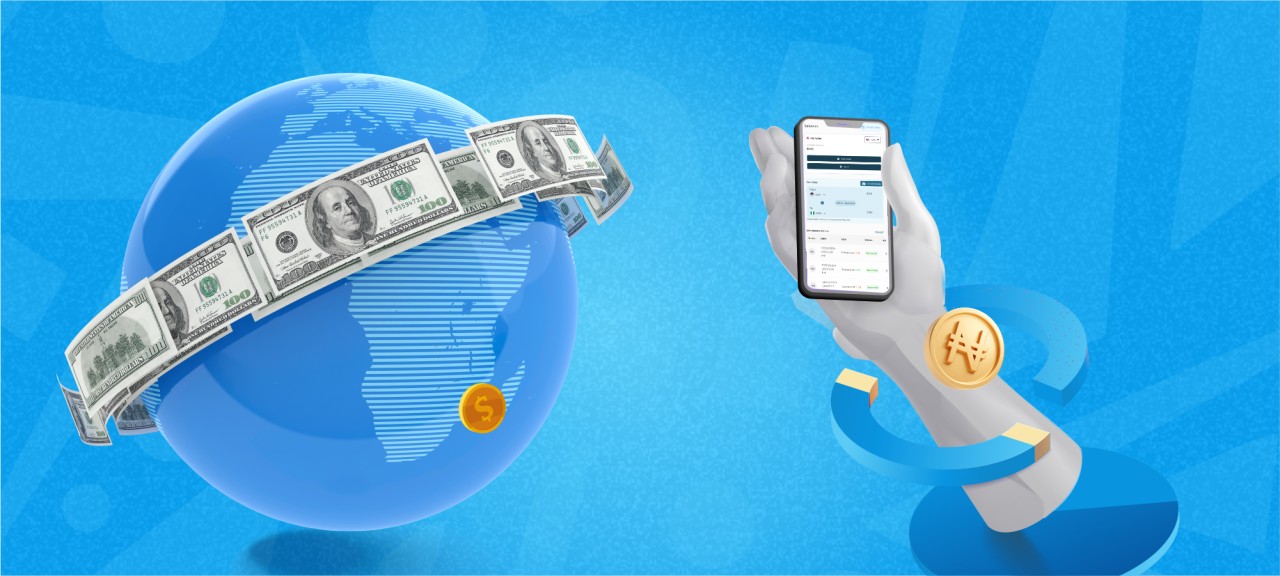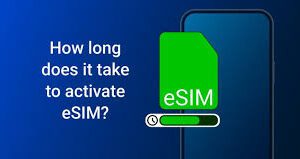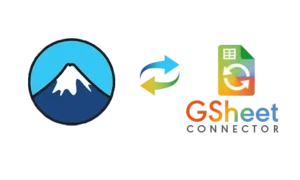When the issue of making an international wire transfer is at hand, precision and accuracy are paramount. Whether you are paying for overseas services, supporting family, or making a business transaction, knowing the codes that are required—SWIFT and IBAN—can ensure that your money ends up in the right hands on time and without cost.
These codes are not just technical data; they are the building blocks of secure and efficient global money messaging. Understanding what SWIFT and IBAN codes are, how they work, and when to use them can save time and money and prevent misplaced payments.
What Is a SWIFT Code?
SWIFT code or Bank Identifier Code (BIC) is used for the identification of specific banks all over the world. This code is required to direct an international wire transfer to the proper financial institution.
Features of a SWIFT code:
It is 8 to 11 characters long.
- The first 4 characters depict the bank.
- The next 2 signify the country.
- The next 2 are for the location.
- The final 3 (optional) specify the branch.
SWIFT codes are universal and particularly required in fund transfers to banks located in countries other than your own.
What Is An IBAN?
IBAN or International Bank Account Number is meant to uniquely recognize accounts in different countries. While it is mostly in use in Europe and some sections in the Middle East, it is slowly being adopted by other nations as well.
The Main Features of IBAN include:
- The International Bank Account Number begins with a two-letter country code.
- This is followed by two check digits.
- It contains a set of up to 30 alphanumeric characters that identify the bank and the corresponding account number.
IBAN guarantees that the money intended to be sent to a specific account through international wire transfer is credited to the exact account.
When should you apply SWIFT and IBAN codes?
When sending or receiving an international wire transfer, both SWIFT and IBAN codes are required, and here is how they are used
While making international payments, ensure that you have the SWIFT code of the recipient’s bank and their IBAN. You must provide your IBAN along with the SWIFT code of your bank to the sender.
Ways to Check IBAN and SWIFT Codes
This code can typically be located using the following:
• Printed or online bank statements:
Bank statements usually have these available.
• Online account:
Within the account settings, these codes can be located.
• Bank representative:
You may visit a bank branch to consult with a representative who can support you.
• Bank’s website:
Certain banks do offer specialized SWIFT directories and IBAN calculators.
Tips for a Trouble-Free International Bank Transfer
- Ensure that you have cross-checked the codes with the recipient before sending funds.
- Always keep in mind to avoid spelling mistakes that can derail or postpone the payment.
- Be aware that not every country uses the IBAN system; hence, knowing your destination is essential.
- Always ensure the absence of undisclosed charges from other banks before processing the transfer.
Conclusion
Accurate knowledge of SWIFT and IBAN codes is necessary for performing successful international wire transfers. The codes make certain that the money is sent safely, efficiently, and to the appropriate recipient. Whether for personal or business purposes, confirming these details for even a few seconds can result in massive gains.





























